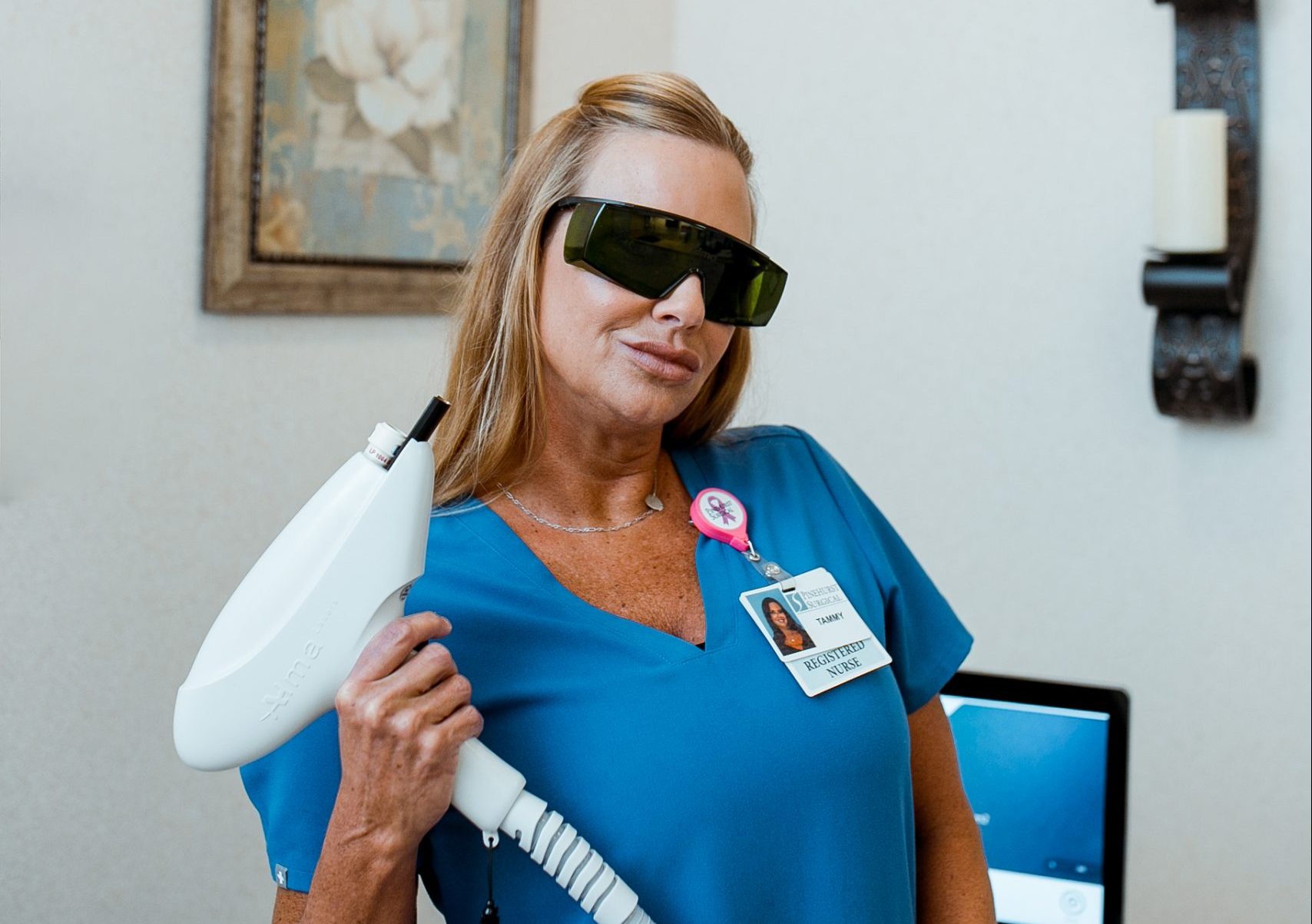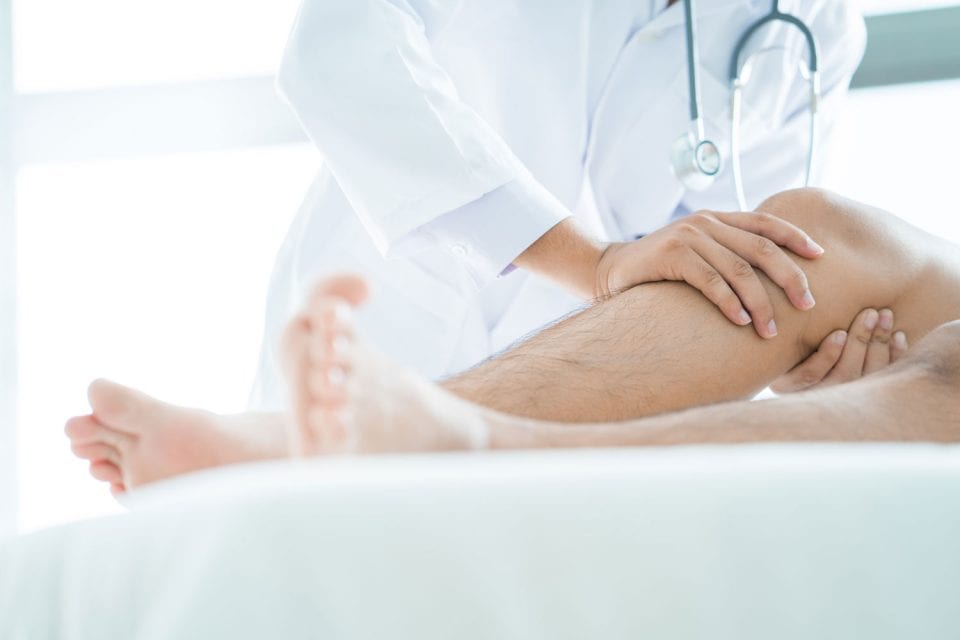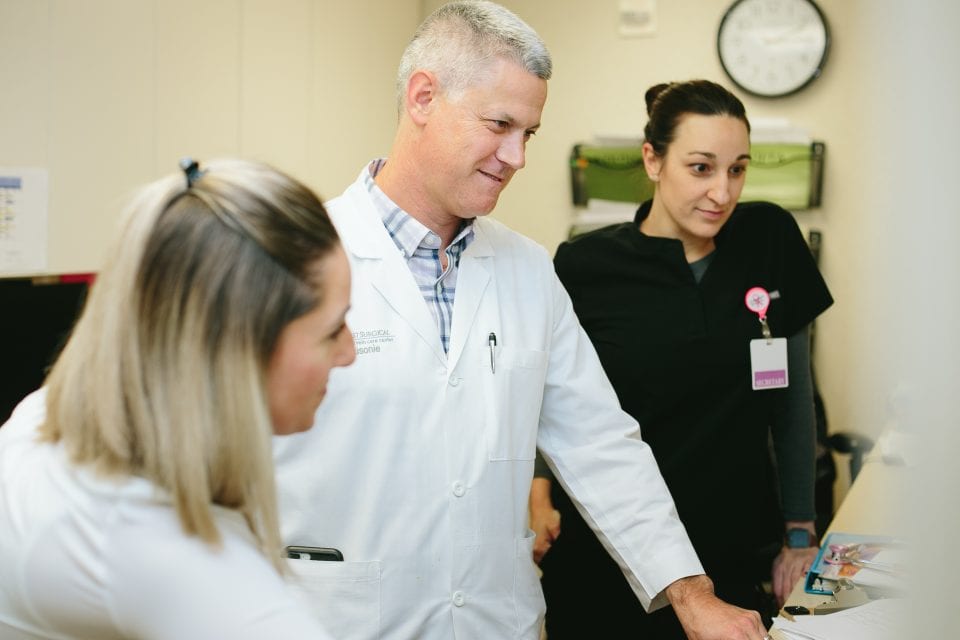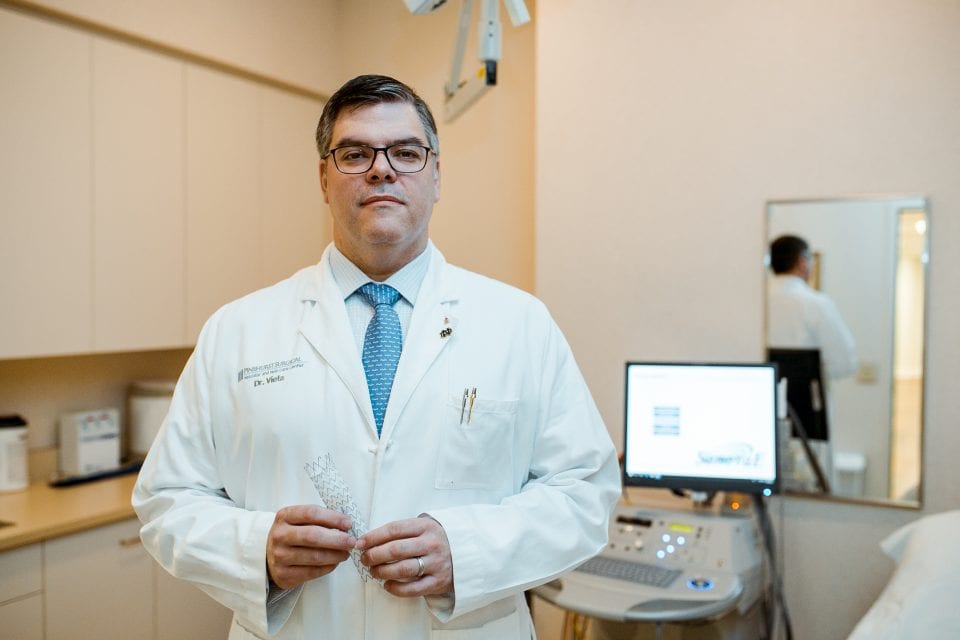
Minimally Invasive Vascular Procedures
Minimally Invasive Vascular Procedures
At Pinehurst Surgical Clinic, we offer minimally invasive procedures for a number of vascular diseases and other conditions related to the circulatory and vascular system, including:
- Peripheral vascular disease (PVD or PAD)
- Carotid artery disease (CAS)
- Venous disease (Varicose and Spider Veins)
- Abdominal aortic aneurysms (AAA)
- End Stage Renal Disease (ESRD)
- Mesenteric Ischemia Treatment
Peripheral Vascular Disease (PVD or PAD)
Similar to cardiovascular disease, PVD is caused by the buildup of fat and cholesterol (known as plaque), which disrupts normal blood flow to arteries in the vascular system.
Carotid Artery Disease
The carotid arteries are the major arteries in your neck that supply blood to the brain. Carotid artery disease occurs when these arteries become narrowed or blocked by plaque buildup on the inside of the artery walls.
Abdominal Aortic Aneurysm (AAA) Screening
An abdominal aortic aneurysm (AAA) is a bulge or balloon that forms in the wall of the aorta — the largest blood vessel in the body.
Kidney Failure (End Stage Renal Disease)
The kidneys are vital organs that filter toxins in the body and cleanse the blood. When the kidneys shut down or can no longer function properly, dialysis takes over this function.
Mesenteric Ischemia Treatment
Ischemia occurs when blood cannot flow through the mesenteric arteries as it should, and the intestines do not receive the necessary oxygen to perform normally.





